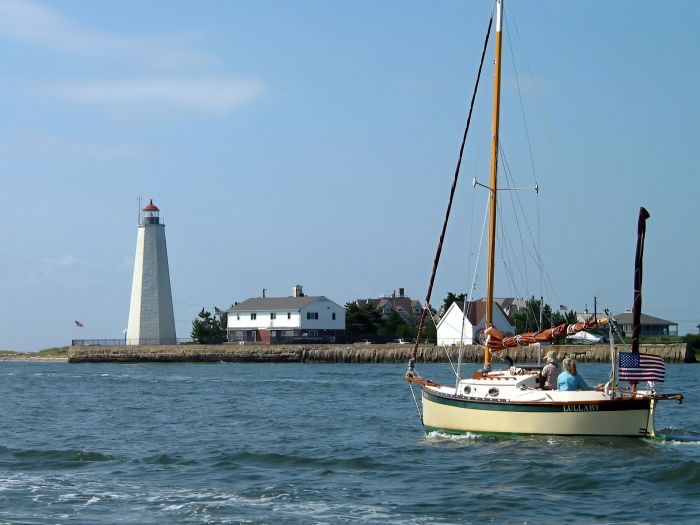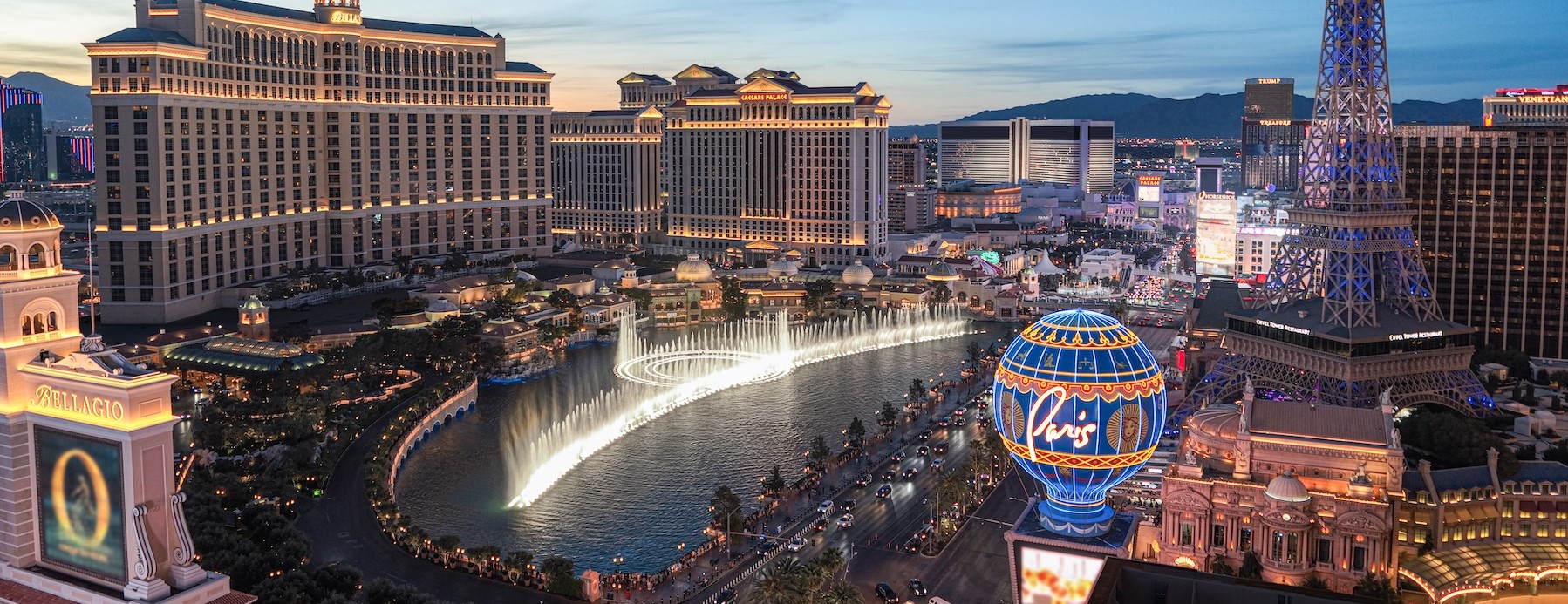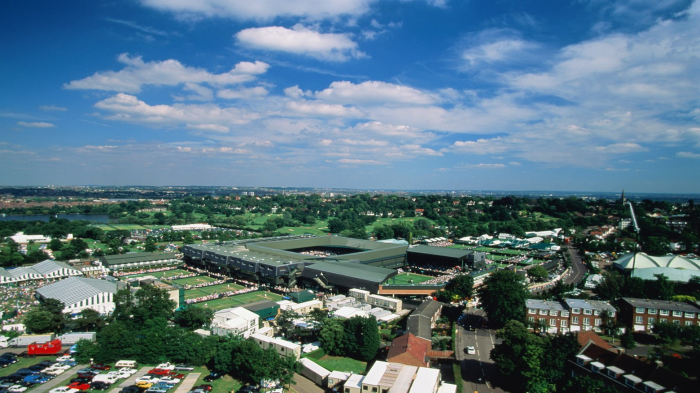Rediscovering New England: Part 1 Coastal Massachusetts
I grew up in America’s Northeast, but it took years of traveling through distant corners of the world to recognize what I had once overlooked at home. After returning from Europe, I set out on a road trip through New England expecting nostalgia more than discovery. Instead, the journey surprised me. The towns, landmarks, and landscapes I had long dismissed proved as vivid and stirring as any African safari or Antarctic expedition I had undertaken since leaving the U.S. decades ago.
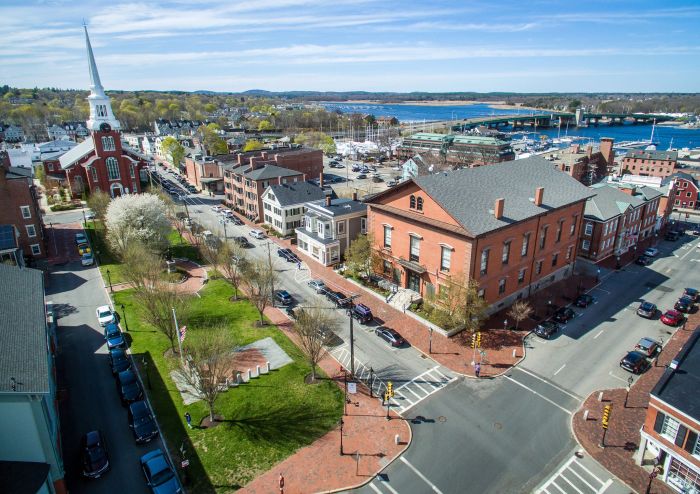
The trip unfolded in four parts: Massachusetts along its coastal shores and beyond Boston’s pull; the Berkshires, with their rolling hills and cultural pedigree; the characterful corners of New Hampshire, Connecticut, and Rhode Island; and finally Boston itself, where past and present stand shoulder to shoulder.
Massachusetts holds the deepest layers of Revolutionary history, though its true spirit lies along the coast—shaped by generations of fishing families and enriched by newer immigrant communities whose lives continue to write its story.
Exploring a sample of Massachusetts coast is part one of my four-part series on my life’s full circle and rediscovering the New England that I thought I knew.
Gloucester, America’s Oldest Seaport.
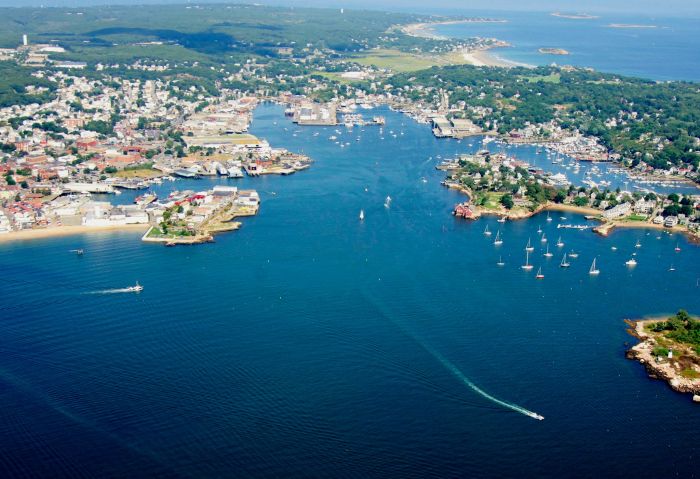
Logan International is the gateway to this region, and it is where my sojourn begins. From Boston, our journey turns north to Gloucester, America’s oldest seaport. The drive is less than an hour, yet the change is instant—the city giving way to salt air, granite headlands, and a harbor that has lived by the sea for four centuries.
This is not a harbor polished for postcards. Nets drip with seawater, stacks of lobster pots tilt like crooked towers, and fishing crews move with the unhurried rhythm of people who measure time by the tide. Gloucester has lived on the sea for four centuries, and this year its quadricentennial celebrations bring that history into sharper focus. Festivals mark the summer calendar, each one a reminder that this community has endured through both bounty and loss.
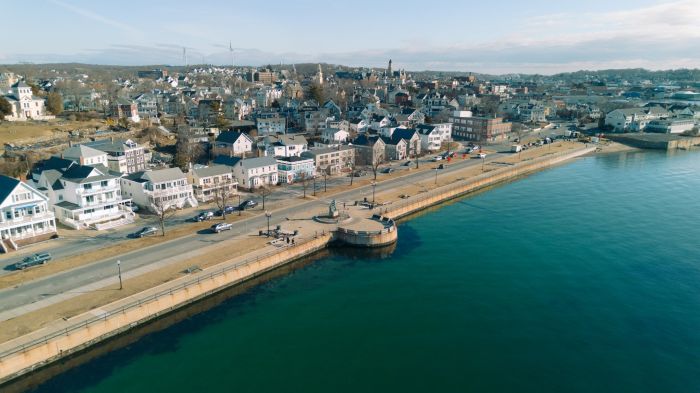
The town itself spills easily toward the waterfront, a patchwork of clapboard houses, shopfronts, and flower gardens that erupt in summer color—sunflowers towering above doorsteps, hollyhocks brushing windowsills. At the Fisherman’s Memorial, visitors pause before the inscription etched into stone, a roll call of lives surrendered to the Atlantic.
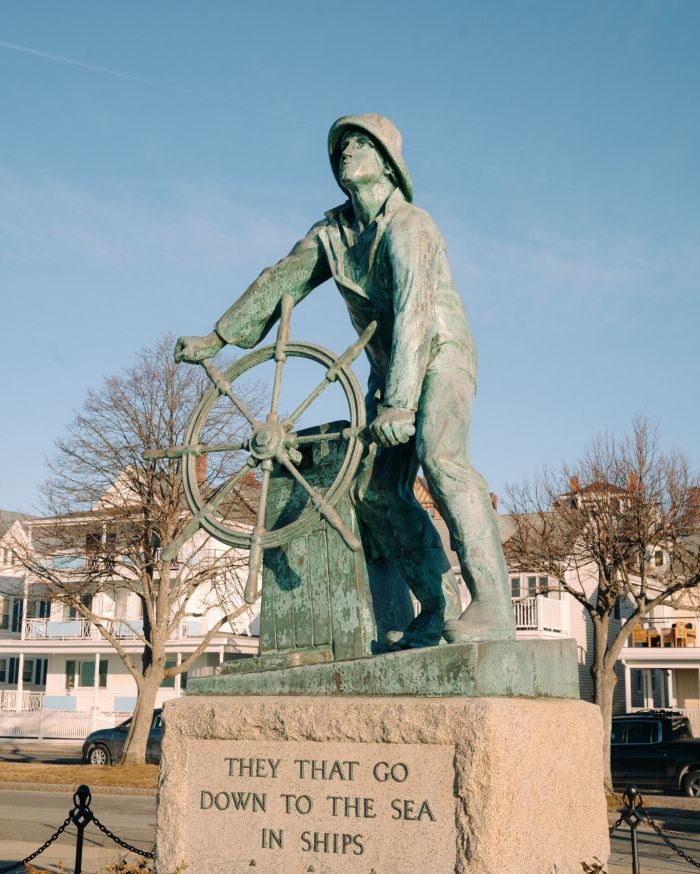
For Gloucester, the sea is not a backdrop but a force—provider, adversary, and inheritance all at once.There are quieter corners too. Follow the esplanade and you find benches turned toward the water, where the day unfolds like a series of maritime vignettes: a trawler pulling out for the fishing grounds, a sailboat leaning into the wind, the afternoon light scattering silver across the bay.
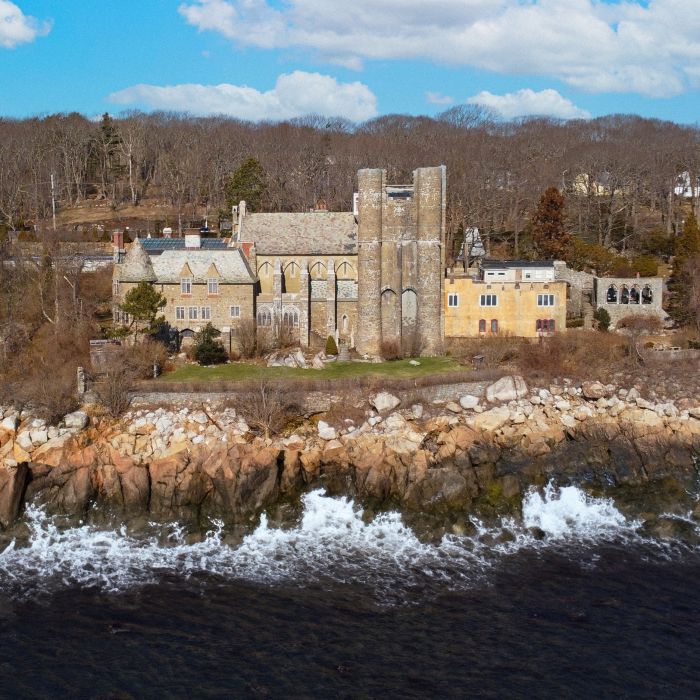
On the shoreline at the fringe of town you’ll find the Hammond Castle, sitting on its bluff like a dream pulled from another century. Built in the 1920s by inventor John Hays Hammond Jr., it is part fortress, part laboratory, part museum and 100% quirky. Its towers and cloisters rise against the Atlantic, but inside, the rooms feel less like a relic than the inner workings of a restless mind.
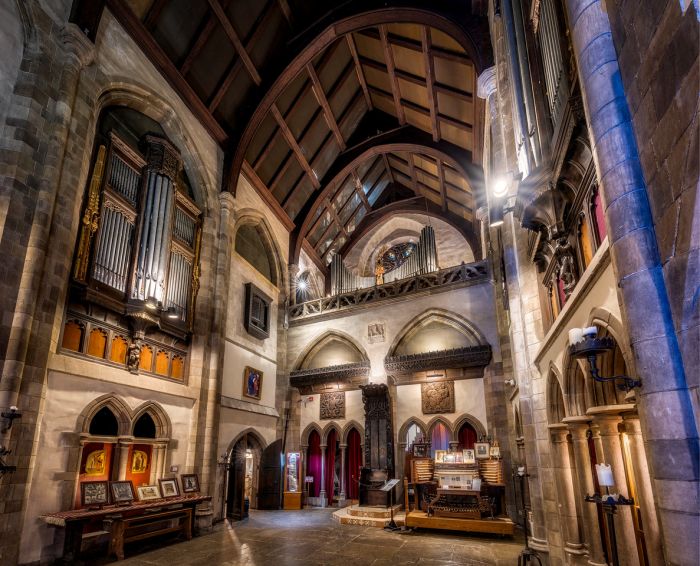
Roman antiquities and Renaissance paintings hang beside odd mechanical contraptions; hidden passageways and a pipe organ in the Great Hall speak of both theatricality and invention. Standing on the terrace, the sea crashing below, the place feels alive with the eccentric ambition of its creator.
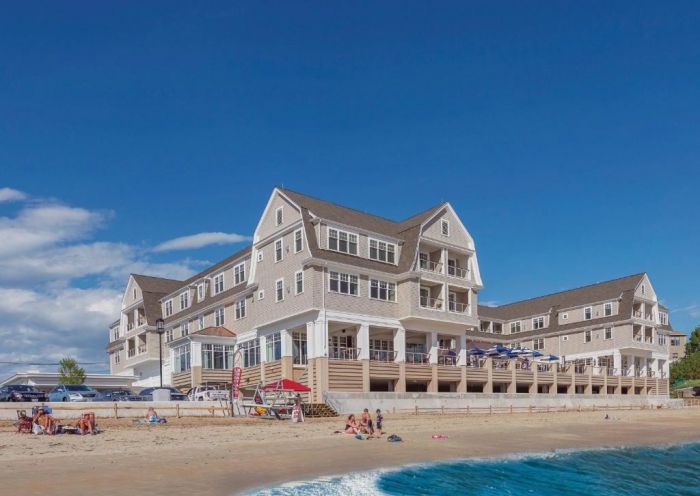
Down by the waterfront, Beauport Hotel Gloucester offers a different kind of stage. Its weathered shingles and pale grey façade echo the New England vernacular, but step inside and the interiors open in a wash of light and ocean tones. Private balconies frame the harbor as it shifts through the day—mist drifting at dawn, boats slipping out under first light, sunsets setting the water ablaze.

On the rooftop, a saltwater pool stretches toward the horizon, while downstairs the 1606 Restaurant & Oyster Bar carries the flavors of Gloucester’s docks directly to the table: oysters briny with the Atlantic, lobster rolls balanced between sweetness and salt, chowder crafted with restraint. The hotel feels polished, yes, but never detached. It belongs to Gloucester, a town still defined by the sea and by the people who keep returning to it.
Marblehead, the Cradle of American Yachting.
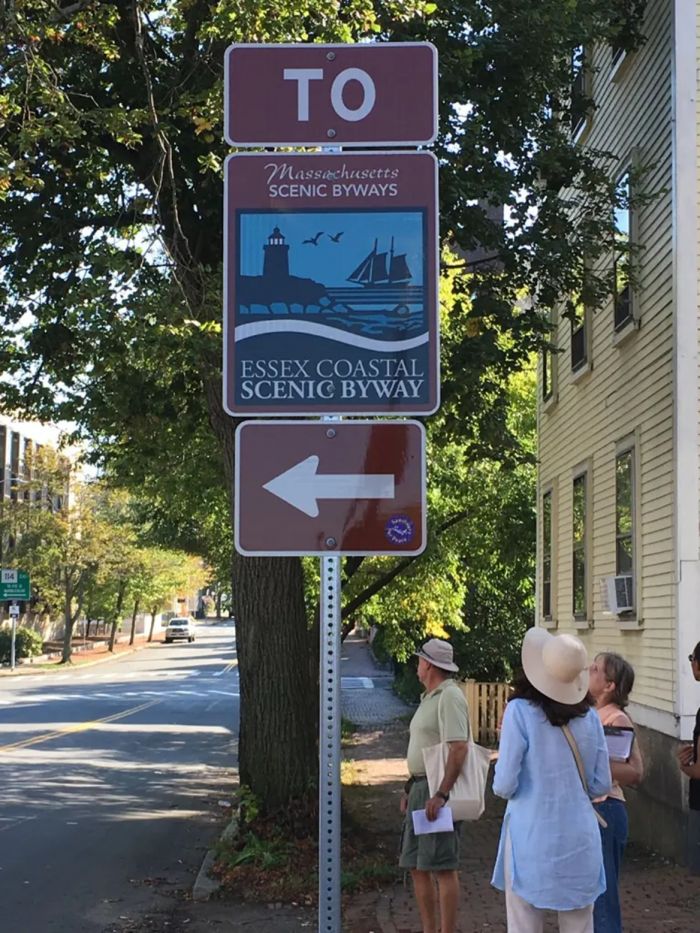
The drive south along the Essex Coastal Scenic Byway threads through coastal villages until Marblehead itself appears, the historic centre tightening into lanes that curve and incline with centuries of habit. Colonial houses line the streets, their clapboards sun-bleached, chimneys tilted by storms that have passed through like unseen sculptors.
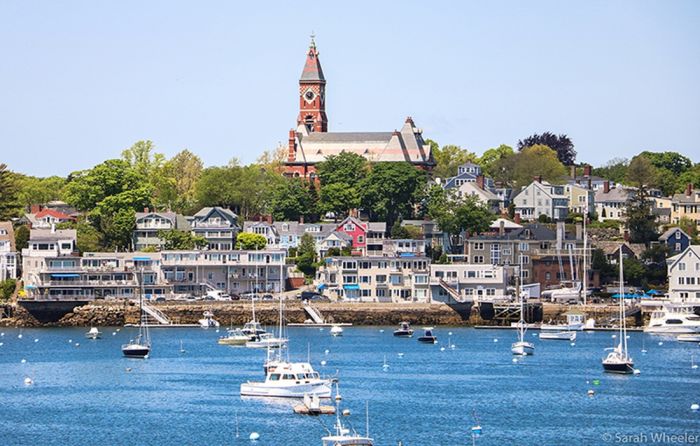
At the edge of the harbor, Fort Sewall stands firm. Built in 1644 and remodeled through the Revolutionary War, it once offered shelter to the USS Constitution as British frigates prowled the coast. Today, it is a public park, its stone gun platforms softened by grass and the wind off the harbor. From here, the view over Marblehead Harbor is quietly commanding: masts nodding in the breeze, water shifting in layered blues, each moment holding the calm of a carefully composed painting.
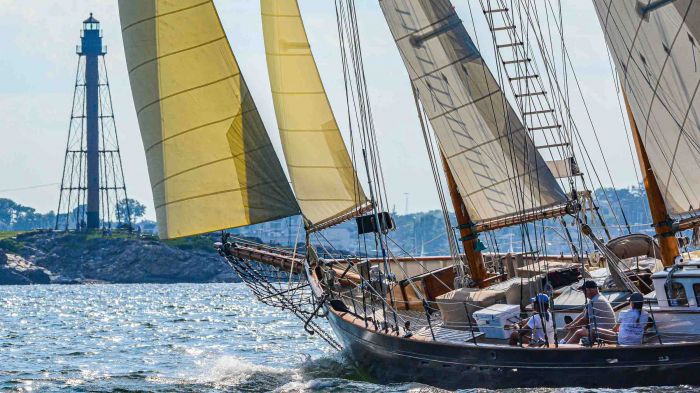
Sailing is at the heart of Marblehead, its history etched into every mast and stone quay. The town’s claim as the “yachting capital of America” is no accident—its deep harbor, steady summer winds, and access to open ocean have drawn sailors for centuries. Home to the Eastern and Corinthian Yacht Clubs, Marblehead has shaped competitive yacht racing since the 19th century and continues to host events like the Marblehead to Halifax Ocean Race, its influence reaching far beyond the Massachusetts coastline.
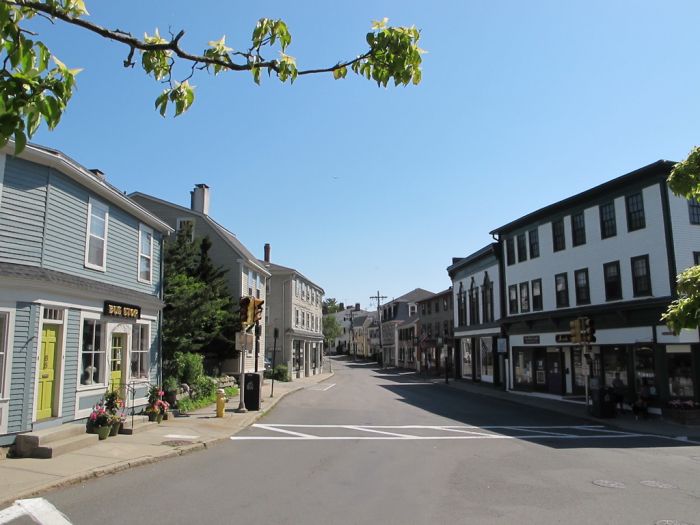
Walking into the town centre, the air is laced with salt and the faint tang of seaweed, mingled with wood smoke drifting from chimneys. Small shops offer hand-thrown pottery, artisanal linens, and freshly caught seafood, the streets themselves a catalogue of preservation and centuries-old craft. Marblehead’s sense of place is inseparable from the ocean; every corner feels keyed to the tides and the vessels that pass through them.
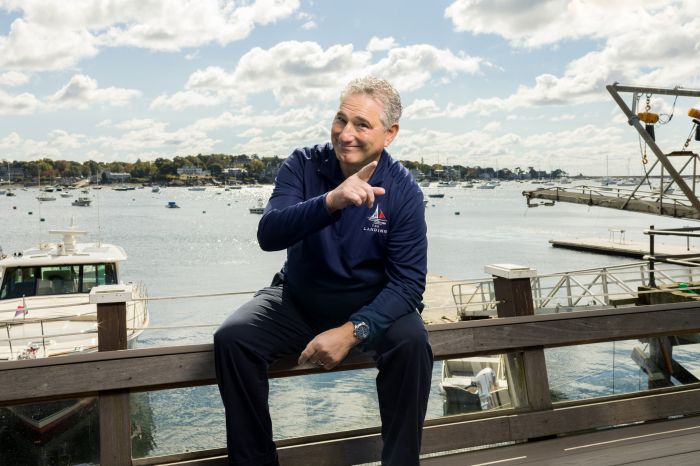
At The Landing restaurant, the setting is bay front with the day-to-day activity of the harbour unfolding before you. Robert Simonelli, Italian-born owner and long-time fixture of Marblehead, greets his guests with the warmth of familiarity, his voice carrying both authority and a sense of belonging. Minutes pass in conversation, then a drink in hand, you step out to the back deck. The wood planks are warm beneath your feet, salt air rising off the water, as you take in the sights of a succession of fishing boats returning from the afternoon run.
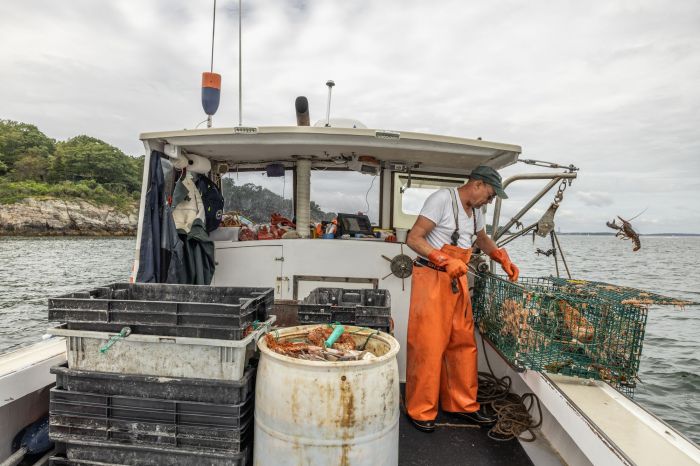
A break in your lunch allows you to wander down to the dock where the harbor’s theater unfolds. A captain sorts lobsters into baskets, his hands thickened by years at sea giving him a hand shake as firm as a vice grip. He goes back to his craft, sorting lobsters by weight and pulling out the smaller lobsters and females carrying eggs to be returned to the water—a quiet agreement with the ocean that ensures its bounty continues. Moments such as this are tactile, elemental and as real as you can get on any holiday anywhere.
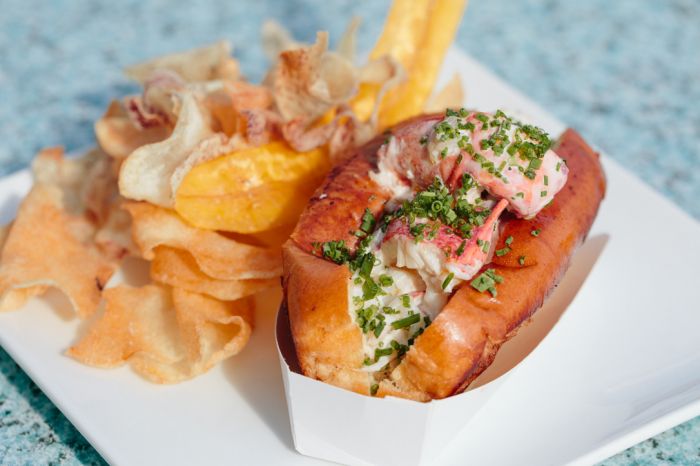
Back on the patio, the harbor spreads before you, sails drifting past like slow-moving pages. Then the lobster rolls arrive: generous chunks of sweet meat spilling from a butter-toasted split-top bun, dressed sparingly so the flavor of the ocean remains uncompromised. A Samuel Adams beads cold at your side, while Simonelli’s voice carries above the clink of glasses, a reminder that in Marblehead, hospitality is as much a craft as the catch it celebrates.
Newbury, a town shaped by rivers, tides, and history.
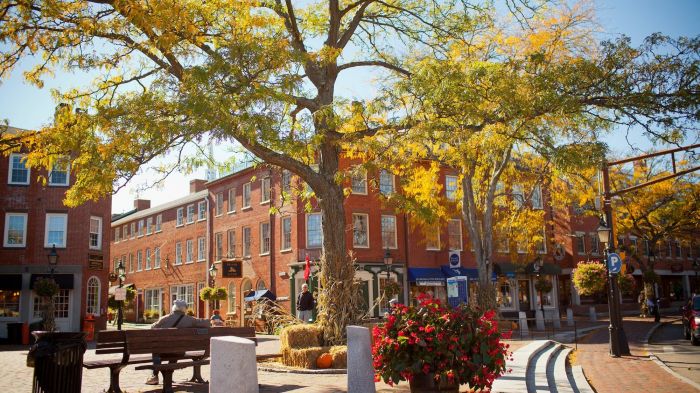
Heading back north brings us to Newbury, a town that feels rooted more in quiet determination than in grand gestures. Established in 1635 along the Parker River estuary, it quietly played its part in the Revolutionary era—local militias patrolling the harbor, provisions sent to support the Patriots. Its history runs deeper still: Newbury served as a discreet station on the Underground Railroad. Escaped slaves arriving from Ipswich were met at the Parker River bridge by Richard Plumer, who hid them in wagons or barns before helping them onward toward Canada.

Walking down Main Street, you feel the layers of that history in the buildings and the people. Weathered clapboards and brick facades lean gently over streets shaded by elm and maple. Maritime antiques sit alongside local bookshops while galleries display seascapes and grassy marsh landscapes.

Lunch is a good idea there, perhaps a corner café offering chowder made from that morning’s catch, roasted vegetable focaccia, and a wedge of blueberry pie cooling on the counter. From your seat, life drifts past offing a glimpse into small town America; a neighbor calling out a greeting or a delivery of fresh produce unloaded into a restaurant by the town’s farmer .
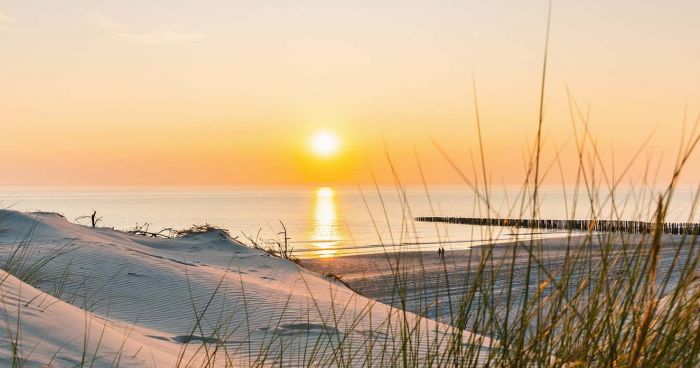
Away from town, the village fades and the landscape shifts. Salt marshes spread wide and tall sea grass ripples in the breeze. . Raised boardwalks lead across brackish water toward dunes that open onto pale beaches. The Atlantic lies just beyond, its waves constant and unhurried. This coast is nothing like Miami or St. Tropez—it’s made for those who don’t want that. In place of glitz and glamour you’ll find only sea, sun and sand. A chair set just above the waterline, a notebook in hand—or no notebook at all—is more than enough.
Salem: A story of witches and so much more.
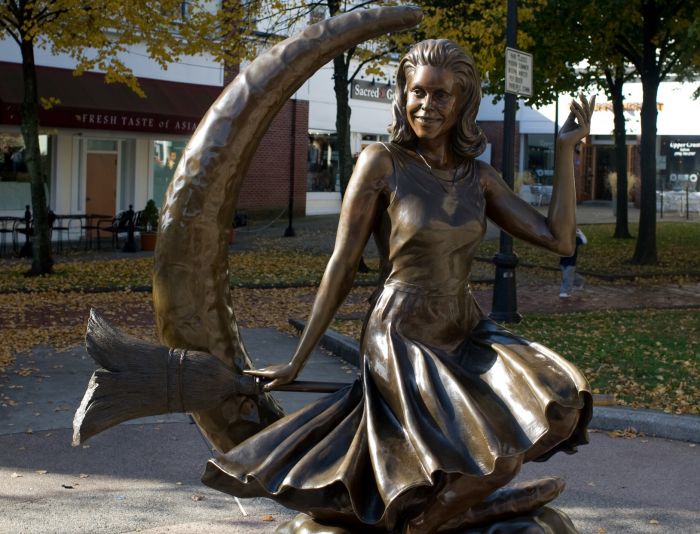
Our final stop along the Massachusetts coast is Salem, a town whose reputation still clings to its darkest chapter yet stretches far beyond it. Most immediately, people think of witches while others may think of the cigarette brand. The town does leans into its history—a life-size bronze of Elizabeth Montgomery on a broom, a nod to her 1970s television series Bewitched, stands in the center—but Salem offers much more than kitsch.
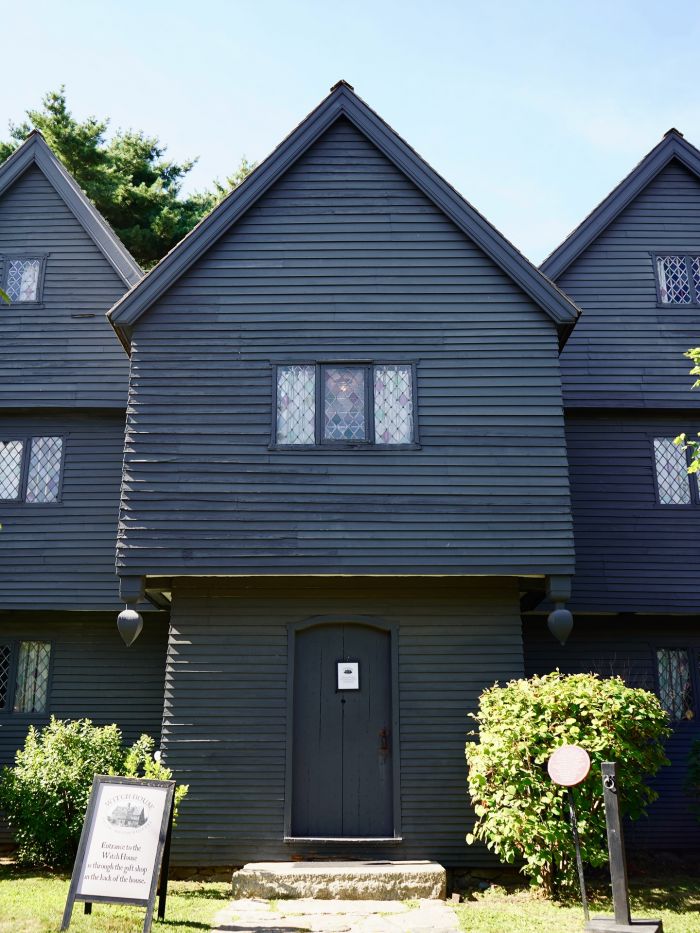
Its streets invite exploration on foot. Cobblestones wind past Colonial, Federal, and Victorian homes, with the finely crafted Samuel McIntire houses standing out. Shops line the streets, from boutiques selling maritime antiques and local crafts to a handful of witch-themed stores and small amusement spots nodding to the town’s infamous past. The city’s maritime history lingers in the Peabody Essex Museum, once a hub of trade with the Caribbean, China, and the East Indies. There’s a quietly cosmopolitan feel here, an air shaped by centuries of commerce, culture, and intellect.
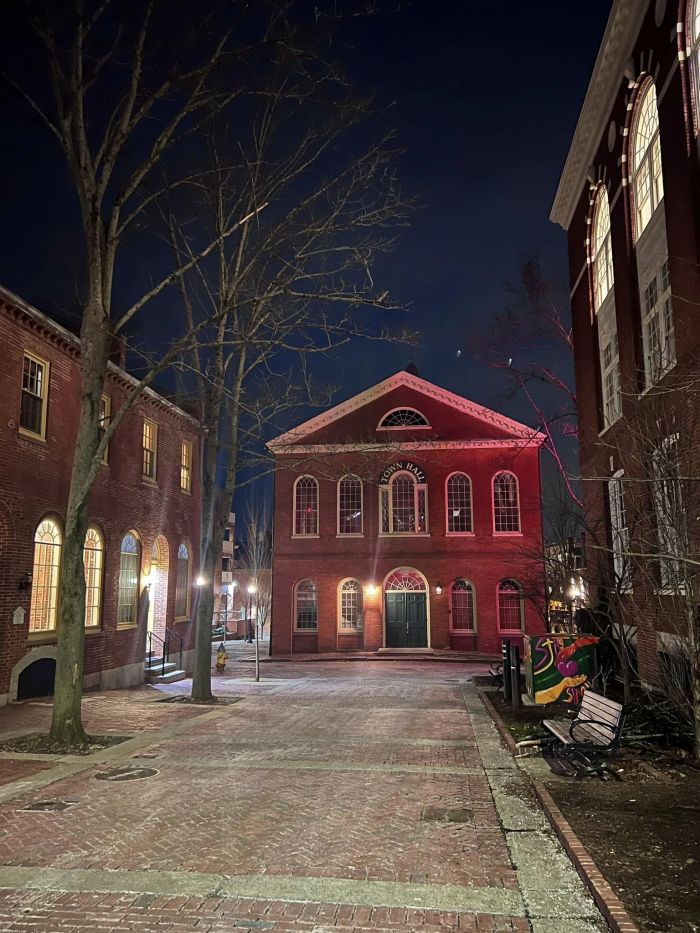
Yet history’s shadows remain. The Witch Trials of 1692 are tangible in the Witch Trials Memorial, where names are etched into granite, and in the Witch House, the only building still standing with direct ties to the trials.
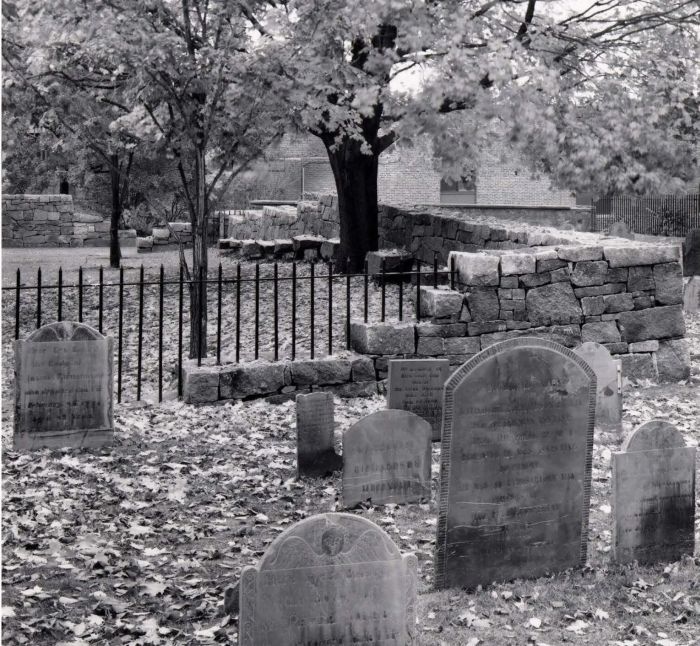
Walking these streets, past low-ceilinged interiors and leaning gravestones at Old Burying Point Cemetery, the human scale of fear, hope, and survival is clear. Guides from Witch City Tours trace the events with care, balancing fact and context, avoiding spectacle while letting the story resonate.
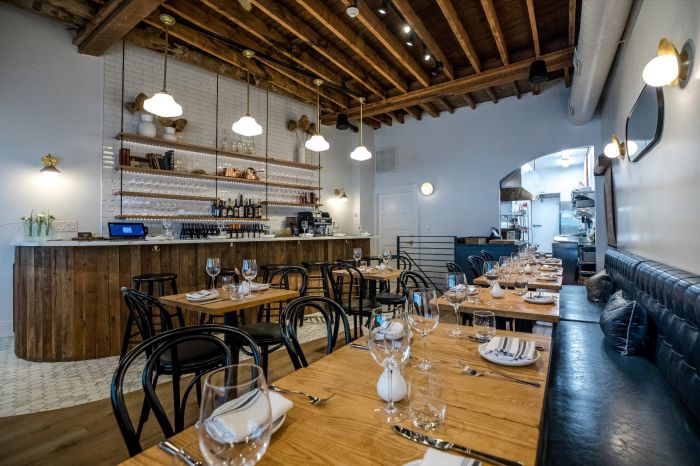
After a day of tracing history, Salem’s contemporary side offers its own pleasures. Dinner at Settler, with reclaimed wood walls and soaring windows, offers an atmosphere is warm but unpretentious, a gathering place where history and innovation converge. The menu focuses on New England’s indigenous ingredients—heirloom vegetables, wild mushrooms, and seafood from local waters—crafted with subtlety and flair.
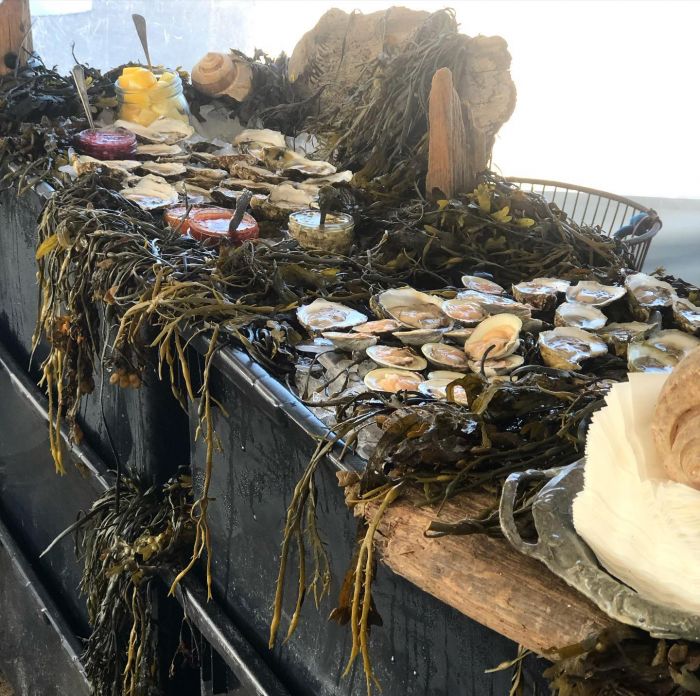
Dishes like smoked black cod with charred ramps or foraged fiddlehead ferns dressed in brown butter reveal a kitchen deeply rooted in place and season. The wine list leans toward natural and biodynamic producers, complementing the ethos of the cuisine.

In towns like Gloucester, Marblehead, Newbury, and Salem, Massachusetts reveals itself in stone softened by wind and salt, in the clapboards and shingles of homes faded to grey, and in the faces of fishermen lined by years spent on these waters.
This is part one of our New England sojourn, next up is part two as we explore the Berkshires, a rural region in the mountains of western Massachusetts.












